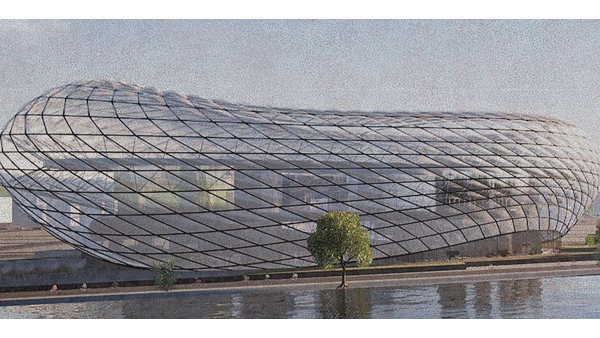
Research and Creative Work
In the College of Architecture and Planning at the University of Colorado Denver, students and faculty engage directly with our vibrant city, dynamic community, and magnificent landscape by working on real projects that make a real difference.
Search
Filter results by:

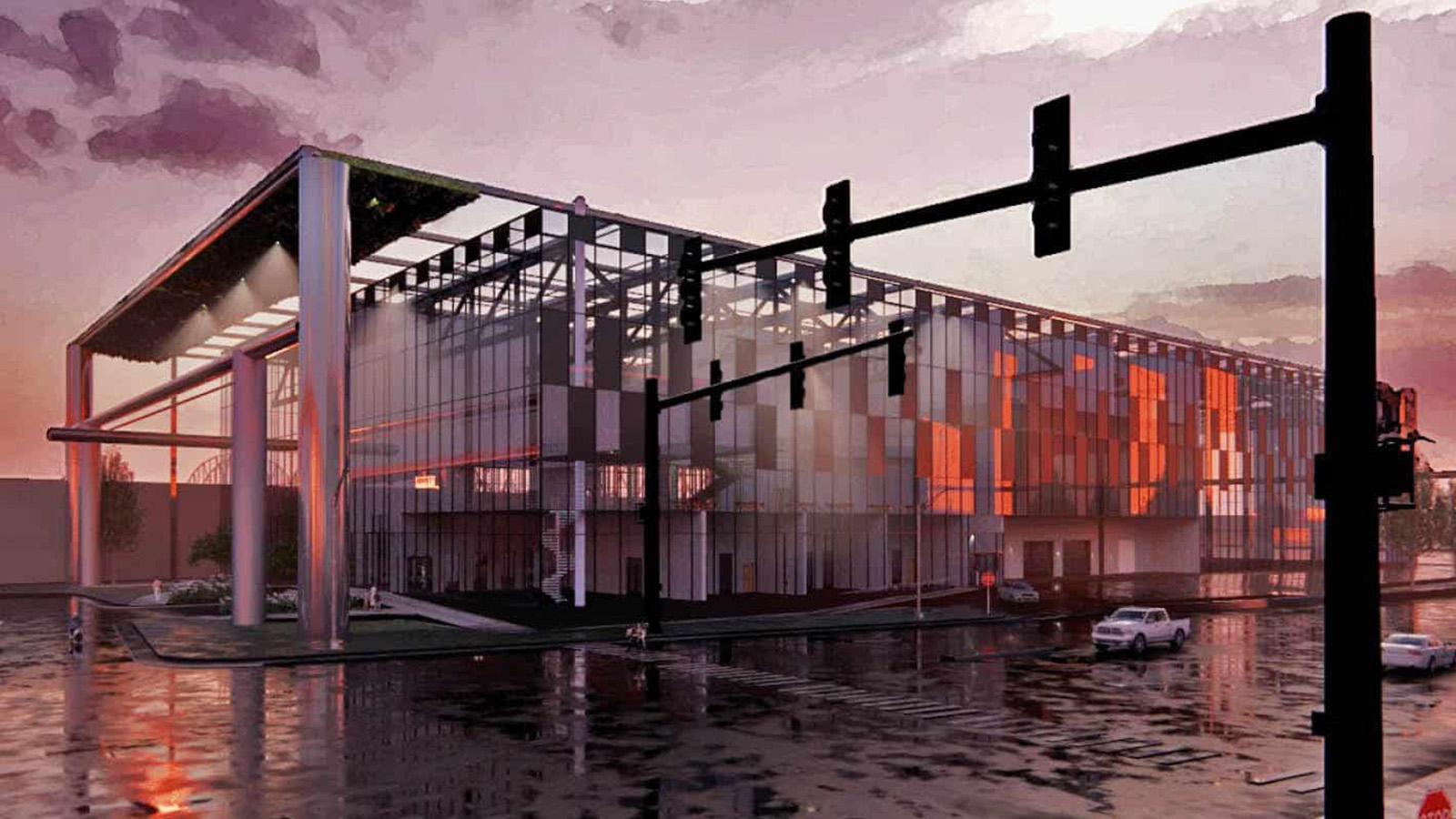
Understanding Collaboration Between Water Agencies and Planning Departments on Landscape Transformation Programs
Kerry Miller Many states in the western U.S. are creating rebate programs incentivizing property owners to transform their water-intensive turfgrass into waterwise landscaping. However, applying for a landscape transformation rebate can be challenging for some property owners. Applicants have to navigate application requirements from their water agency and their City’s planning department because their new landscape has to meet water-saving criteria and comply with landscape codes. This report focuses on strategies to increase collaboration between water agencies and planning departments on the design and implementation of these rebate programs. These collaborations can address some of these challenges and make the rebate process easier to navigate for applicants, water agencies, and planning departments.Arrive in Avon: Wayfinding and Signage Program
Jesse Miller The town of Avon is gearing up for significant growth and development in the coming years. To support a thriving tourist economy and highlight all that makes the town unique, a wayfinding and signage program has been created. The project aimed to achieve four main goals: to create a unique gateway experiences across Avon, to establish distinct spaces and districts, to design an easily navigable and accessible wayfinding system for all users of public spaces, and to maintain a cohesive design language across all signage types.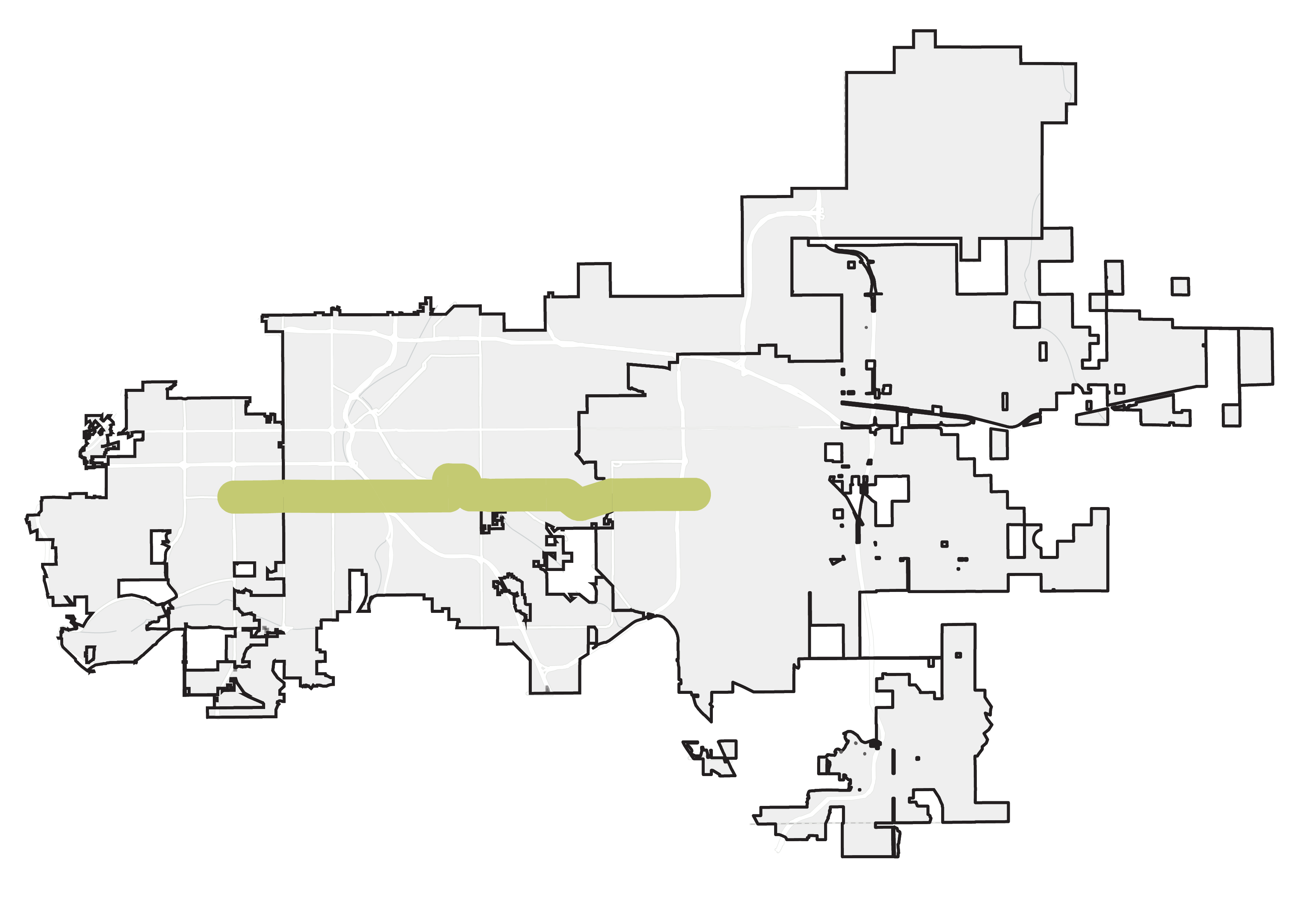
Understanding Future Growth on Alameda
Robin Adams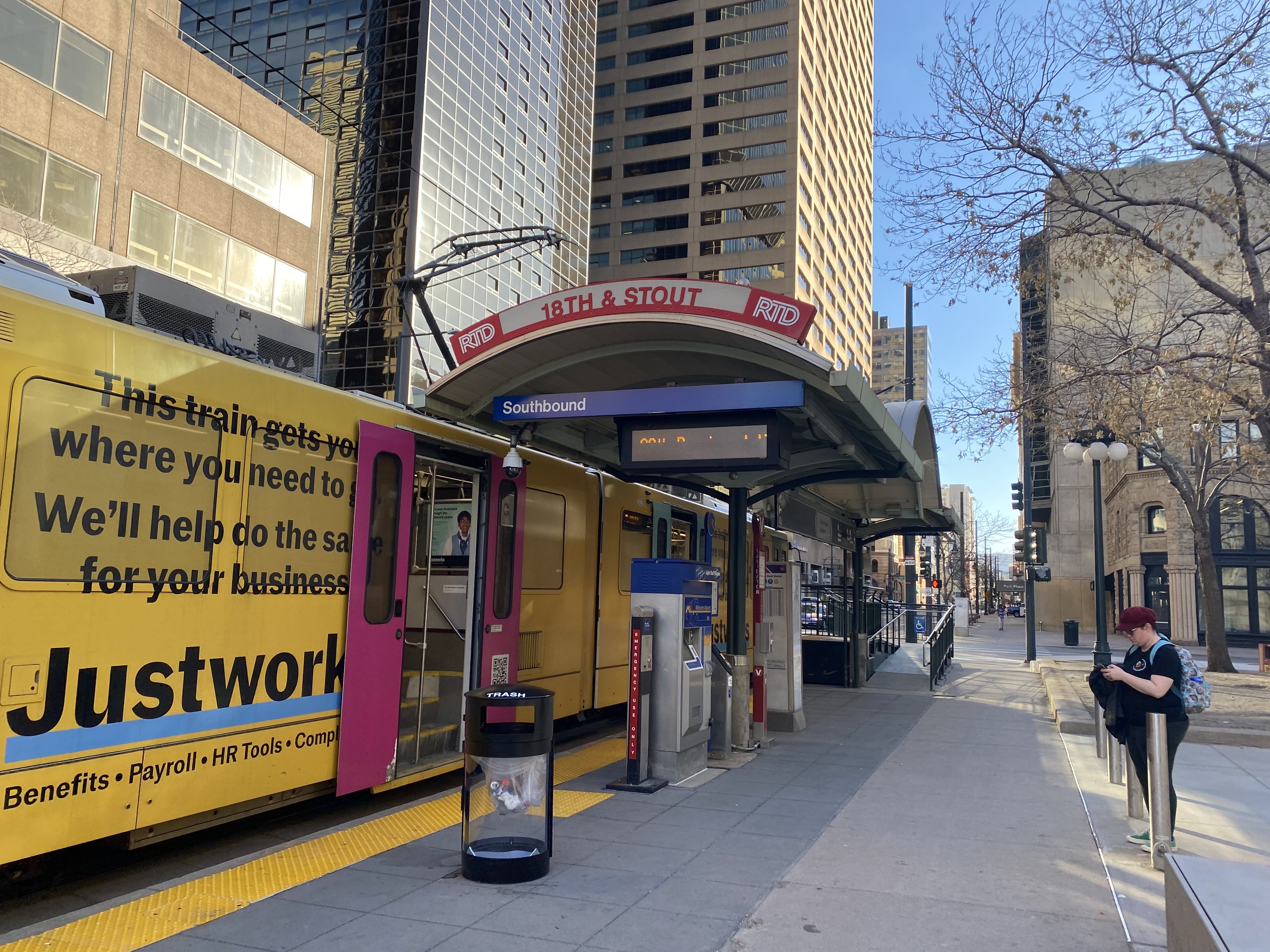
The Intersection of Transportation& Health
Jessica Allen The Intersection of Transportation and Health Capstone Project focuses on enhancing public transportation accessibility for older adults and people with disabilities. The Capstone Project aims to refine and expand upon Safe and Healthy Communities’ (SHC) current draft of their Transit Accessibility Assessment Tool, which is a comprehensive tool for transportation professionals to evaluate transit systems' accessibility and safety. Using existing research related to transit accessibility and public transportation’s impact on health outcomes and through conducting interviews with transportation professionals, the Capstone Project deliverables included finalizing SHC’s second draft version of the Tool and writing a blog post highlighting the importance of accessible public transportation in fostering healthier, more equitable communities.
RESILIENT WATER SUPPLY PLANNING FOR COLORADO COMMUNITIES
Corinne Anderson The fate of water in Colorado is closely connected to its population growth, economy, and culture. Already, some gaps exist between available water (supply) and needed water (demand), and the future likely holds bigger gaps for more places. Water providers and the communities they serve need to start working toward resilient models that align with values and priorities unique to them in order to contribute to more regional water sustainability. This Capstone will contribute to efforts to solve this problem with seven toolboxes that present best practices, case studies, and additional considerations.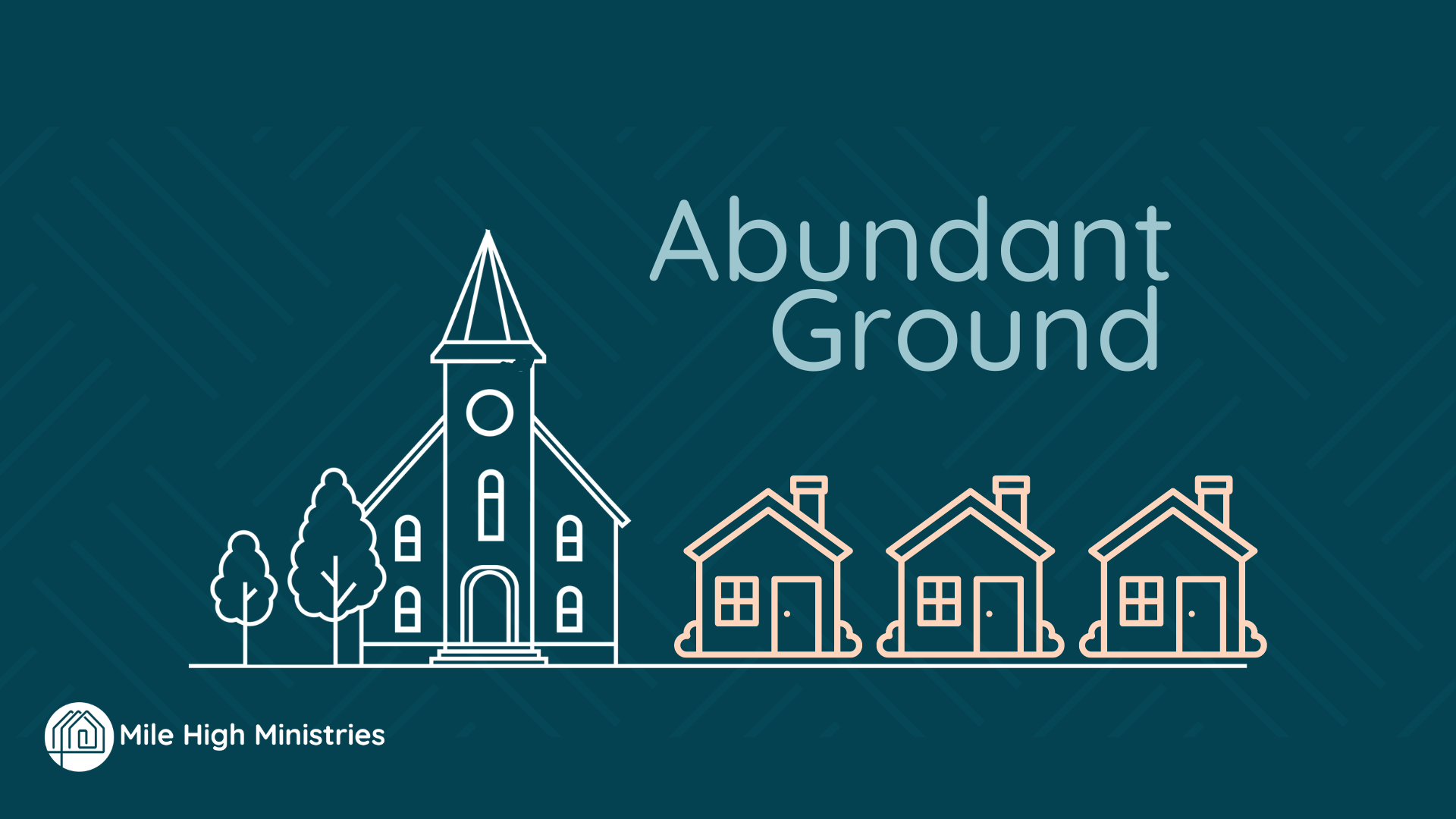
ABUNDANT GROUND: Responding to the Challenges of Developing Affordable Housing on Congregational Land
Rachel Barham and Ethan Greene As metro Denver continues to suffer from a severe housing crisis, a growing movement of faith leaders has begun advocating for developing affordable housing on congregational land. This coincides with a national decline in religious attendance that has led to shrinking congregations, creating an opportunity to turn underutilized land, such as oversized parking lots and lawns, into affordable housing that benefits the region and provides financial support for congregations (Elliot & Squyer, 2023). Under the direction of Mile High Ministries, this report provides a land analysis on the suitability of congregational sites for affordable housing development, along with policy recommendations to reduce regulatory barriers. It also includes a guide for congregations wishing to develop affordable housing on their land.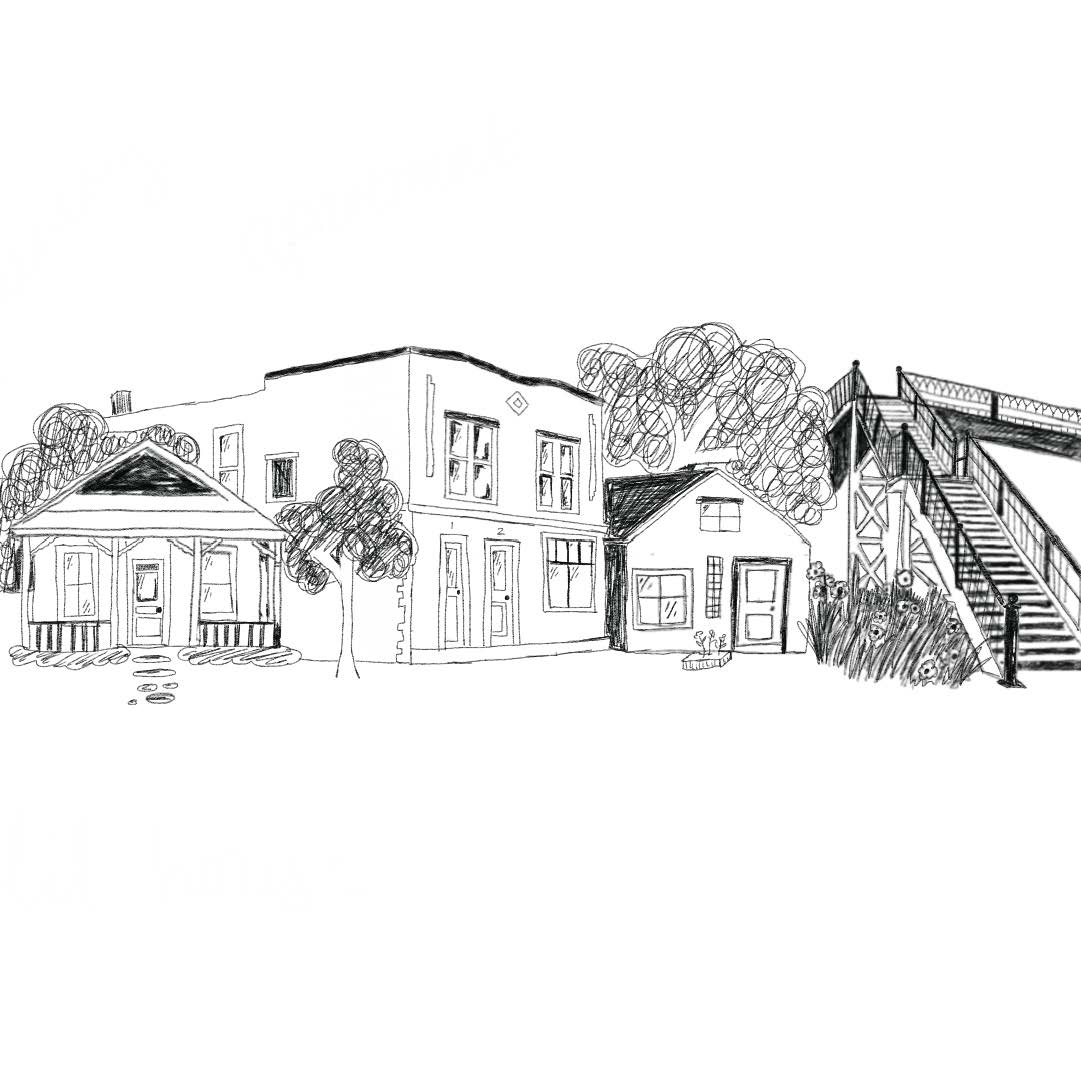
WEST SIDE VISION
Aislinn Droski and Avery Knese The West Side Neighborhood Engagement Study aimed to determine the desires and needs of residents in the West Side neighborhood of Laramie, WY. Residents provided input through a series of visioning sessions, stakeholder interviews, online surveys, and a community hotline. With this feedback, the project team developed recommendations to assist the West Side community. The goal was to preserve the cherished character of this neighborhood while addressing current and future needs.